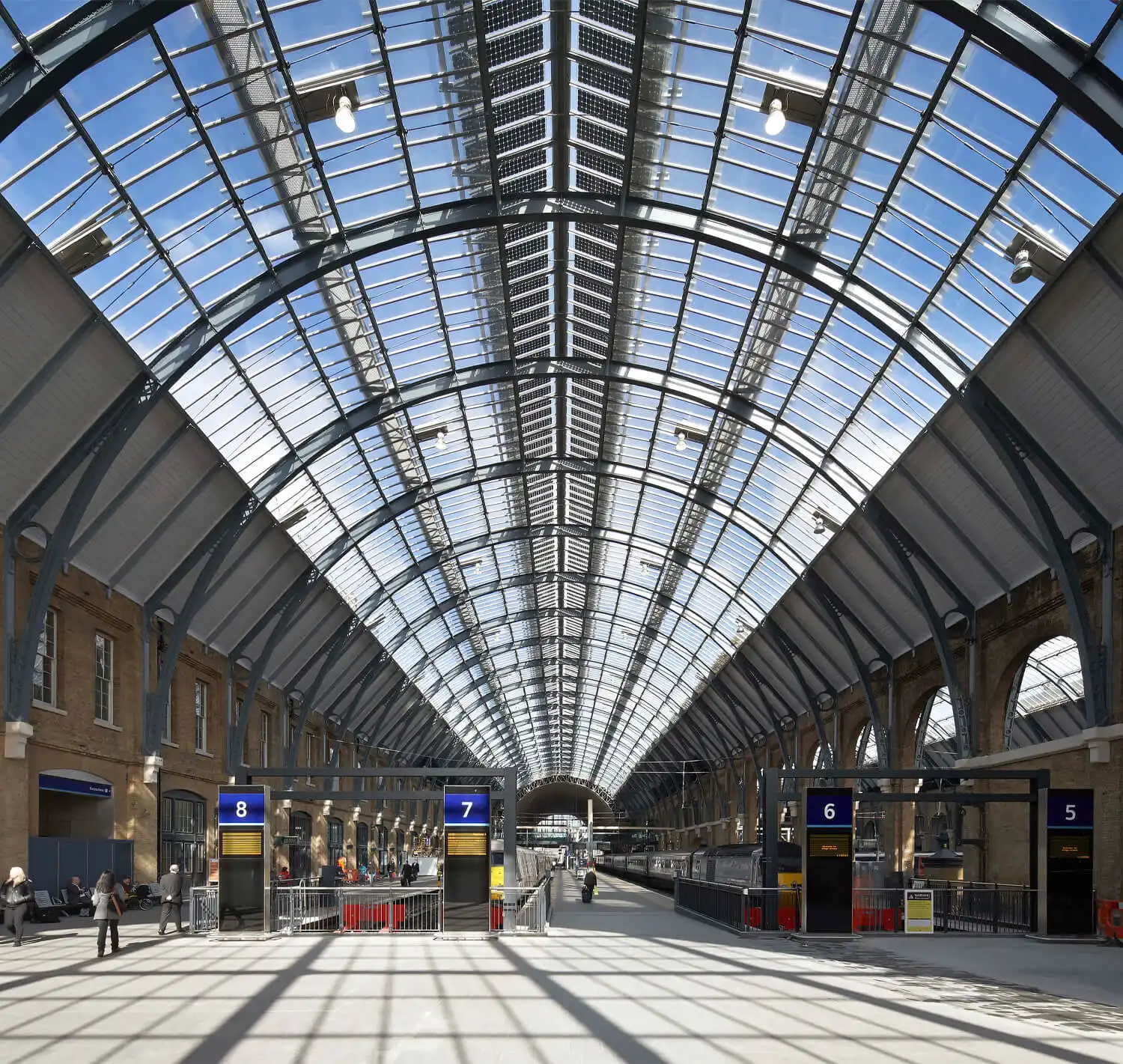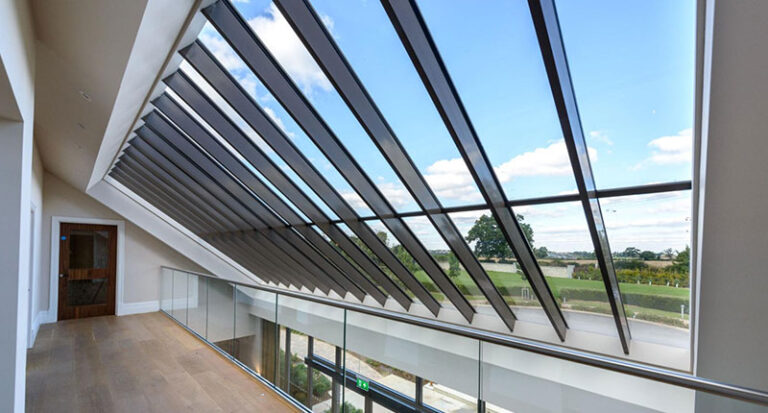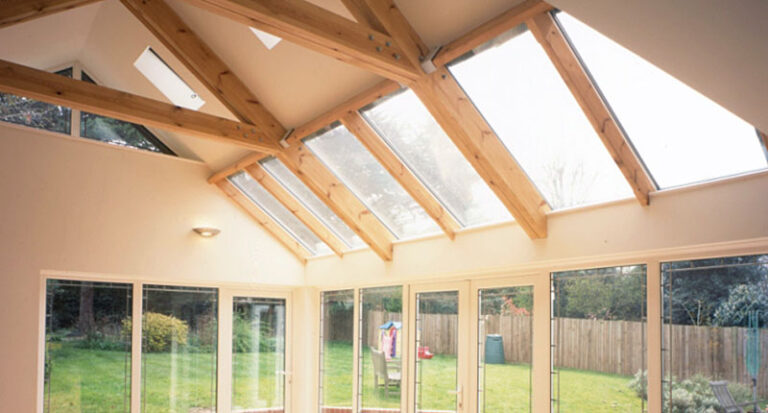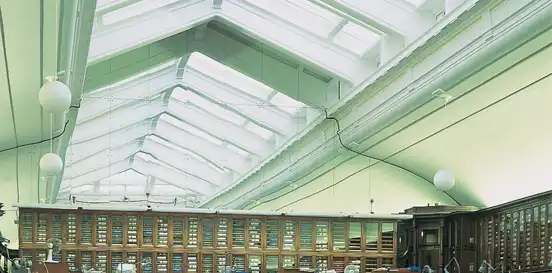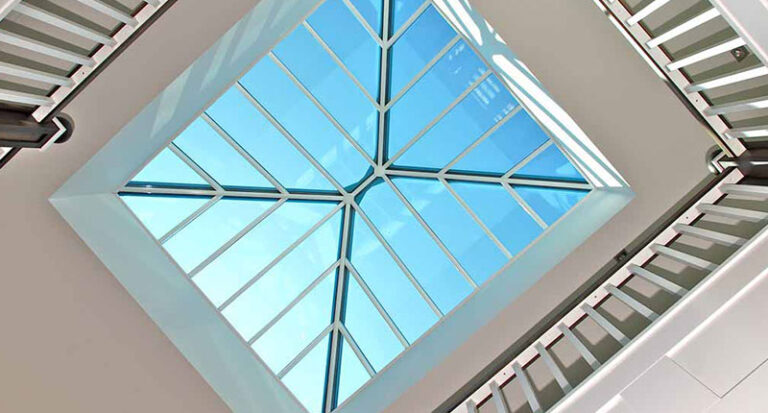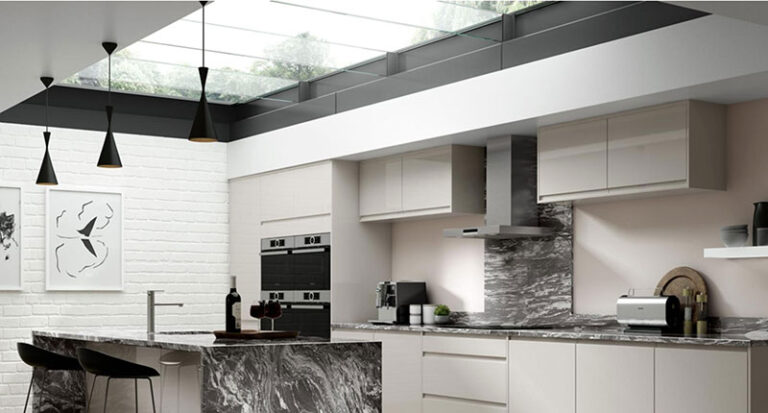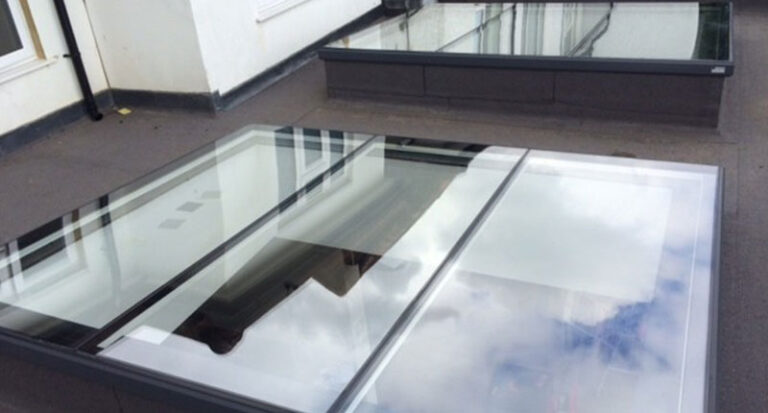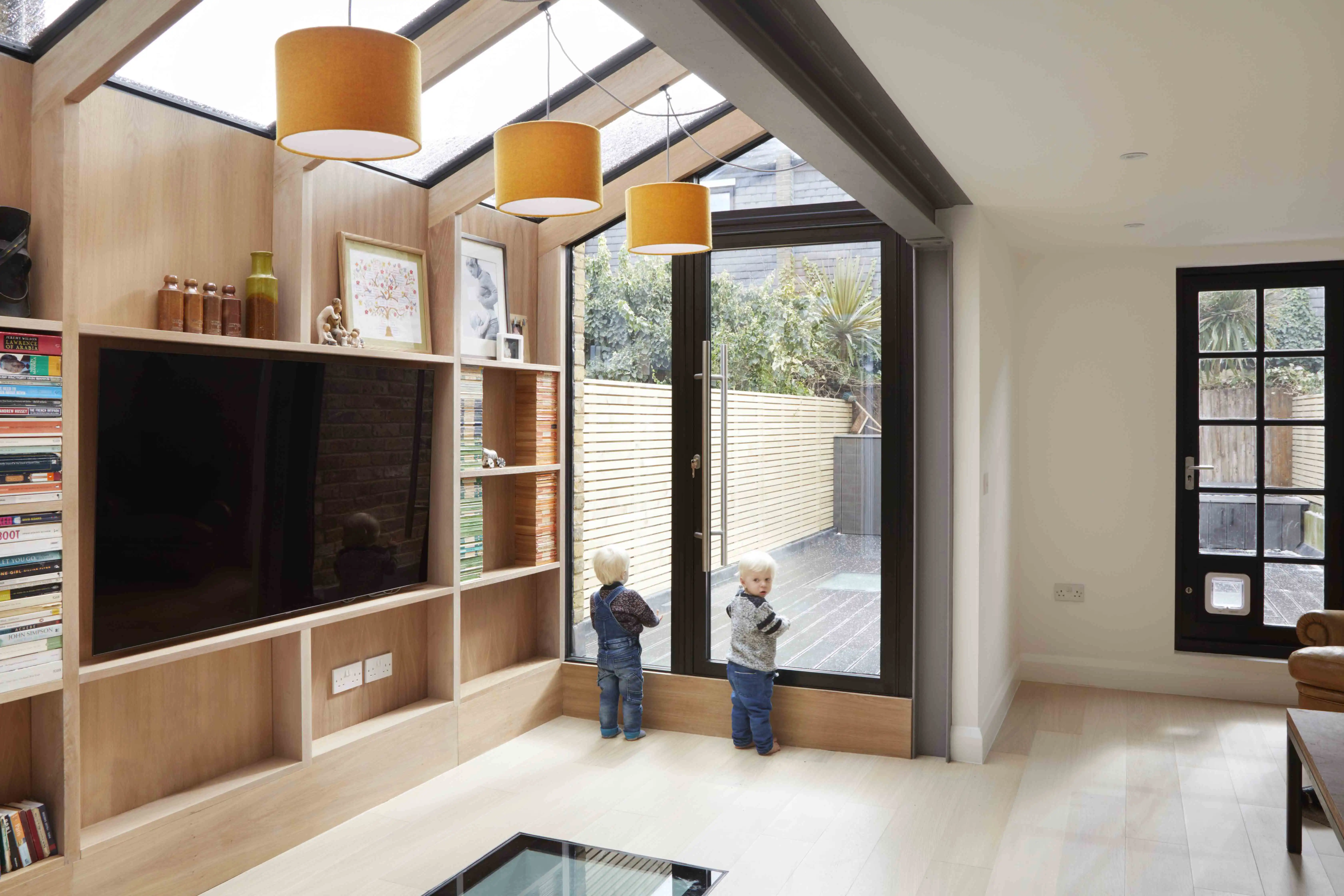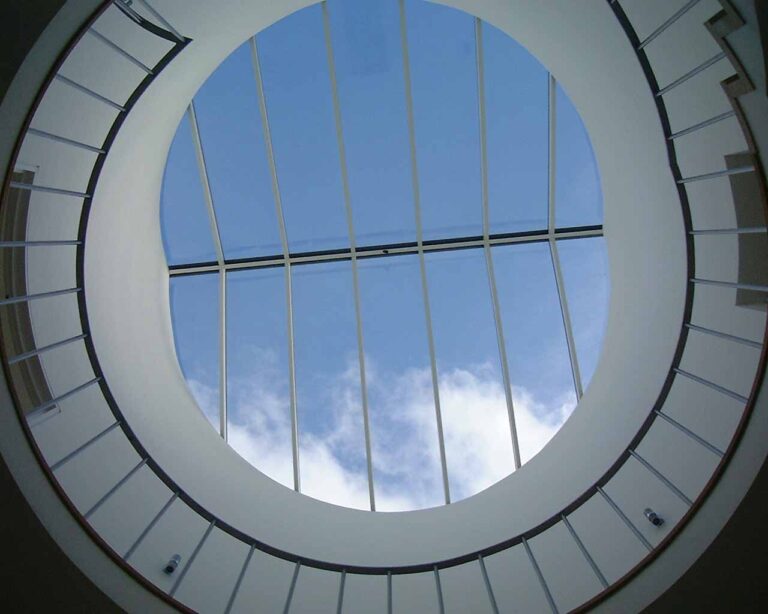
Energy Efficient & Tailor-Made Glass Roof Systems
Glass roofs come in many shapes and forms, from a small flat rooflight on a typical home extension to large glass roofs on a major shopping centre or train station to maximise the benefits of natural light.
Robust, aesthetically appealing, and contemporary, glass roofs offer a stylish answer when seeking to expand your property or building while also enabling the construction of sunlit extensions.
Our tailor-made glass roofs, featuring expansive glass panels and a modern architectural style, can easily upgrade any outdated uPVC roof to your exact requirements and offer complete flexibility for creating your dream energy-efficient project.
Are you interested in learning more about the benefits of safety glass? Read more on our safety glass page.
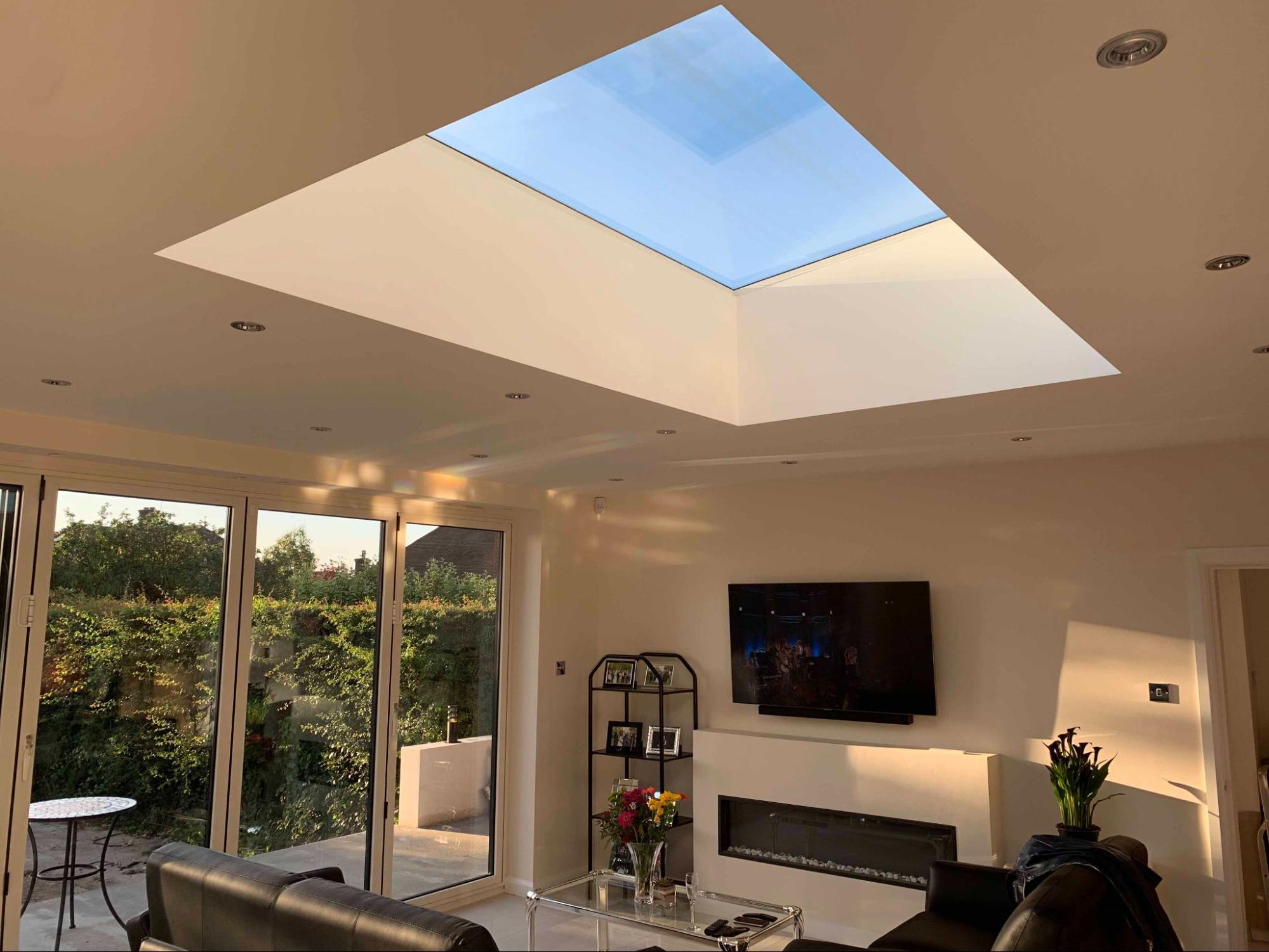
FAQs
- What Kind of Glass is Used for Glass Roofs?
Laminated glass is used following safety regulations which state that inner panes must always be laminated when more than 5 metres above floor level. This level is increased to 13 metres when in limited circumstances or when over water. Laminated glass also does not shatter when broken as the glass holds together.
- What Are The Benefits of Glass Roof Systems?
Glass roof systems are aesthetically pleasing and efficient at drawing in more light than an ordinary vertically positioned window. They’re also advantageous for heat retention in the winter and help to reduce the need for constant artificial heat, as their insulating properties make your heat go further.
- How do You Clean Glass Roof Systems?
All you need to is warm soapy water, a sponge, and a microfibre cloth. The warm soapy water will help to lift the dirt from the surface of the glass, the sponge will dislodge it from the surface, and the microfibre cloth will leave a clean and streak-free finish on the panes. It is important to use non-abrasive cleaners, soft cloths, and avoid jet washers entirely to prevent permanent damage.
- Are Glass Roof Systems Durable and Safe?
Absolutely. Modern construction techniques ensure that the glass used is strong and capable of withstanding environmental stresses such as wind, snow, rain, and hail. Safety considerations include the use of laminated or tempered glass, which reduces the risk of shattering in case of impact.
- Will A Glass Roof Make The Building Hotter with Natural Light?
Modern, low-emissivity glass reduces solar heat gain and enables easier control of the building’s heating and cooling system. In the winter, greater insulation means more heat retention and in the summer the solar reflective qualities prevent undesirable heat gain.
Are you interested in installing roof windows to your property? Visit our page for more information.
Are you looking to create a glass roof for your home or business?
Contact us today to discuss your dream design.
